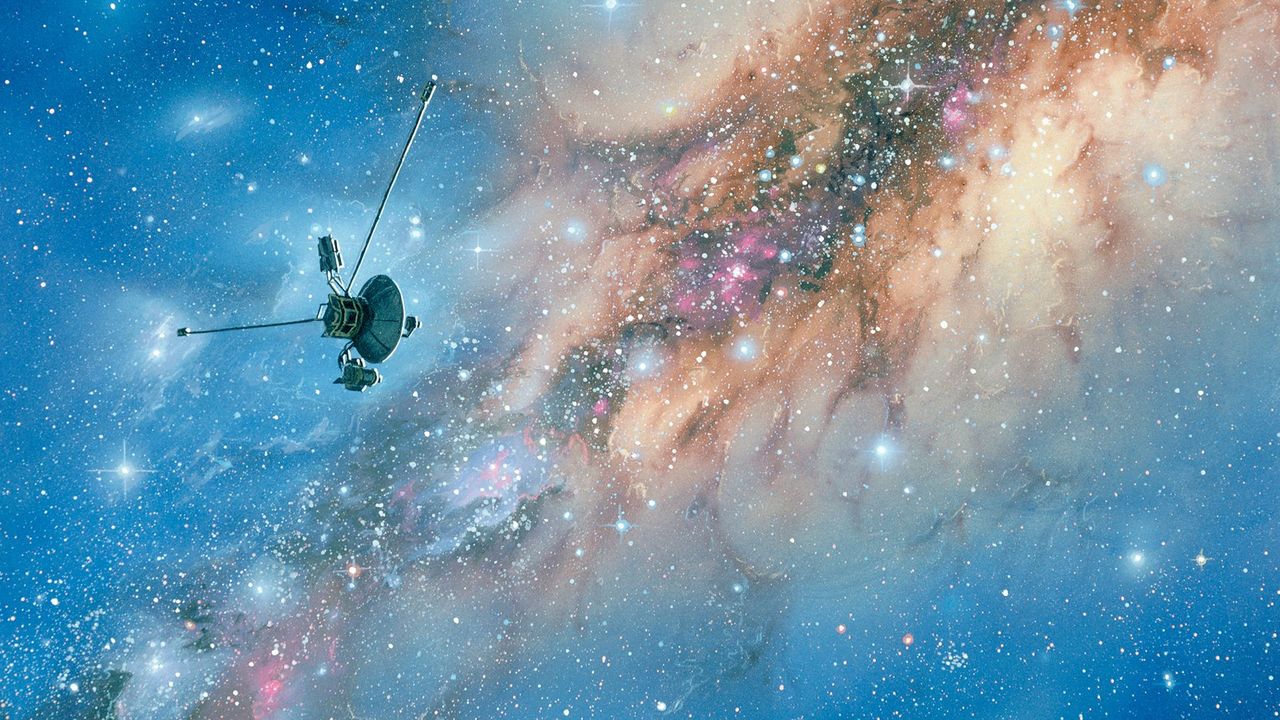Space exploration has evolved rapidly, thanks to groundbreaking technological advancements. From reusable rockets to interstellar probes, these innovations have reshaped our understanding of the cosmos and paved the way for future space missions.
In this article, we’ll explore the Top 10 Biggest Breakthroughs in Space Technology that have revolutionized our ability to explore the universe.
1. The Invention of Rockets 🚀🔥
The development of rocket technology, pioneered by figures like Konstantin Tsiolkovsky and Wernher von Braun, laid the foundation for space exploration. Without rockets, we wouldn’t have reached the Moon, Mars, or beyond.
2. The Apollo Program & Moon Landing 🌕👨🚀
NASA’s Apollo program achieved the first human moon landing in 1969, proving that space travel was possible. This breakthrough inspired global interest in space exploration and technological advancements.
3. The Space Shuttle Program 🛰️🛬
The introduction of reusable space shuttles in the 1980s significantly reduced mission costs and enabled long-term space operations, such as the construction of the International Space Station (ISS).
4. The Hubble Space Telescope 🔭🌌
Launched in 1990, Hubble has provided some of the most detailed images of deep space, expanding our understanding of galaxies, exoplanets, and cosmic phenomena.
5. The International Space Station (ISS) 🏢🌍
A collaborative effort between multiple space agencies, the ISS serves as a research hub for astronauts, testing new technologies and preparing for future missions to Mars and beyond.
6. The Rise of Private Space Companies 💰🛰️
Companies like SpaceX, Blue Origin, and Rocket Lab have transformed space travel by developing reusable rockets, lowering costs, and increasing access to space.
7. The Mars Rovers & Perseverance Mission 🚗🔴
Robotic explorers like Curiosity and Perseverance have revolutionized our knowledge of Mars, studying its geology, climate, and potential for past life.
8. The James Webb Space Telescope 🌠🔭
As Hubble’s successor, the James Webb Space Telescope (JWST) is capable of peering further into space and time, revealing the origins of galaxies and potentially detecting biosignatures on exoplanets.
9. Reusable Rockets & Starship Development 🚀♻️
SpaceX’s Falcon 9 and Starship rockets have proven that space travel can be cost-effective and sustainable, paving the way for interplanetary missions and potential Mars colonization.
10. The Search for Exoplanets & Habitability 🌍🔎
Advancements in telescope technology have led to the discovery of thousands of exoplanets, some of which could harbor conditions suitable for life. The search for habitable worlds continues to drive space research.
🤯 Final Thoughts
Each of these breakthroughs has played a crucial role in expanding humanity’s reach into space. As technology advances, the dream of interplanetary travel and even space colonization becomes more realistic.



